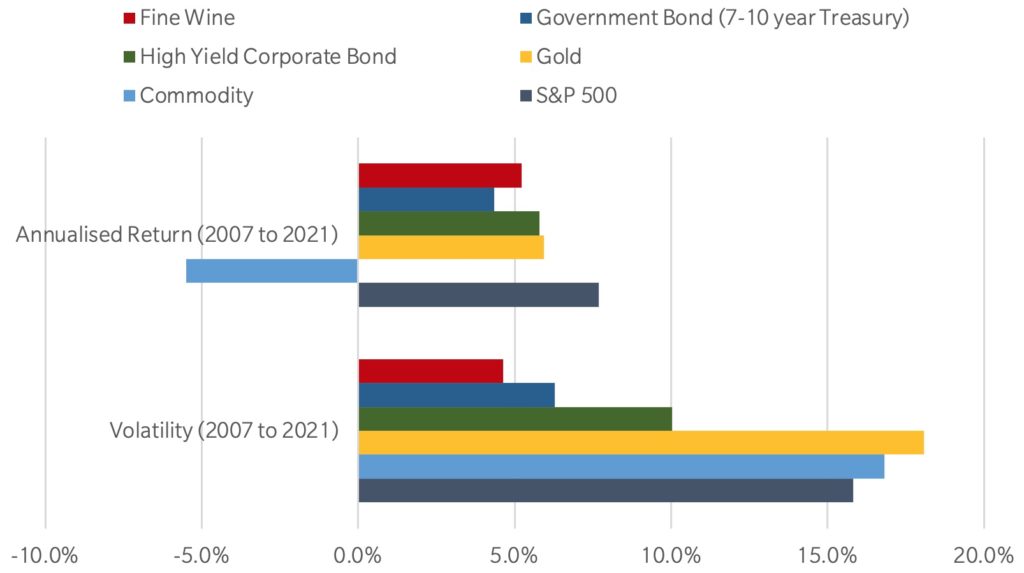
By Michael J. Wiener
Special to Financial Independence Hub
Tony Robbins’ latest book, The Holy Grail of Investing, written with Christopher Zook, is a strong sales pitch for investors to move into alternative investments such as private equity, private credit, and venture capital.
I decided to give it a chance to challenge my current plans to stay out of alternative investments. The book has some interesting parts — mainly the interviews with several alternative investment managers — but it didn’t change my mind.
The book begins with the usual disclaimers about not being intended “to serve as the basis for any financial decision” and not being a substitute for expert legal and accounting advice. However, it also has a disclosure:
“Tony Robbins is a minority passive shareholder of CAZ Investments, an SEC registered investment advisor (RIA). Mr. Robbins does not have an active role in the company. However, as shareholder, Mr. Robbins and Mr. Zook have a financial incentive to promote and direct business to CAZ Investments.”
This disclosure could certainly make a reader suspect the authors’ motives for their breathless promotion of the benefits of alternative investments and their reverence for alternative investment managers. However, I chose to ignore this and evaluate the book’s contents for myself.
The most compelling part of the pitch was that “private equity produced average annual returns of 14.28 percent over the thirty-six-year period ending in 2022. The S&P 500 produced 9.24 percent.” Unfortunately, the way private equity returns are calculated is misleading, as I explained in an earlier post. The actual returns investors get is lower than these advertised returns.
Ray Dalio and uncorrelated investment strategies
The authors frequently repeat that Ray “Dalio’s approach is to utilize eight to twelve uncorrelated investment strategies.” However, if the reported returns of alternative investments are fantasies, then their correlation values are fantasies as well. I have no confidence as an investor that my true risk level would be as low as it appears.
Much of the rest of the authors’ descriptions of alternative investments sounds good, but there is no good reason for me to believe that I would get better returns than if I continue to own public equities.
I choose not to invest in individual stocks because I know that I’d be competing against brilliant investors working full-time. I don’t place my money with star fund managers because I can’t predict which few managers will outperform by enough to cover their fees. These problems look even worse to me in the alternative investment space. I don’t lack confidence, but I try to be realistic about going up against the best in the world. Continue Reading…









